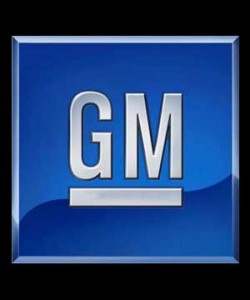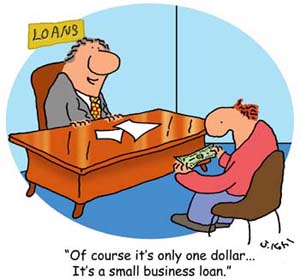I was looking at an article on Trendwatching.com called Cash-less and it talked about how we are nearing a future where there will be no more cash, and everything will be bought through handheld devices that will be able to function like credit cards (no more debit or credit cards either!).
I found this to be very interesting, and I was considering what marketing implications it might have, and I have concluded that while Product and Price will probably not change too much, this technological change will have a big impact on Promotion and Place.
First of all, if you no longer need cash to buy stuff, then there are now even fewer reasons to shop at a physical location. I predict that when this happens there will be a huge boom in the (already popular) online services. All the online stores need to do is to improve their ease of access and quality of service and there are virtually no advantages that a physical store will have over an online one. With phones that swipe like credit cards, it will be extremely simple to buy from your home.
Also, online store promotion will become a very big deal. Right now, I rarely see ads for stores such as Best Buy or Safeway online; TV spots and ads in newspapers are much more common. However, they will need to shift their marketing mediums to online, as many of their customers will be shopping there, and they will want to attract them.
Overall, I think if/when cash goes the way of the Dodo it will be fantastic for both the sellers and the buyers, as the convenience for the buyers will enable them to spend more, resulting in higher profits for the sellers.









 http://www.quickmba.com/entre/definition/
http://www.quickmba.com/entre/definition/